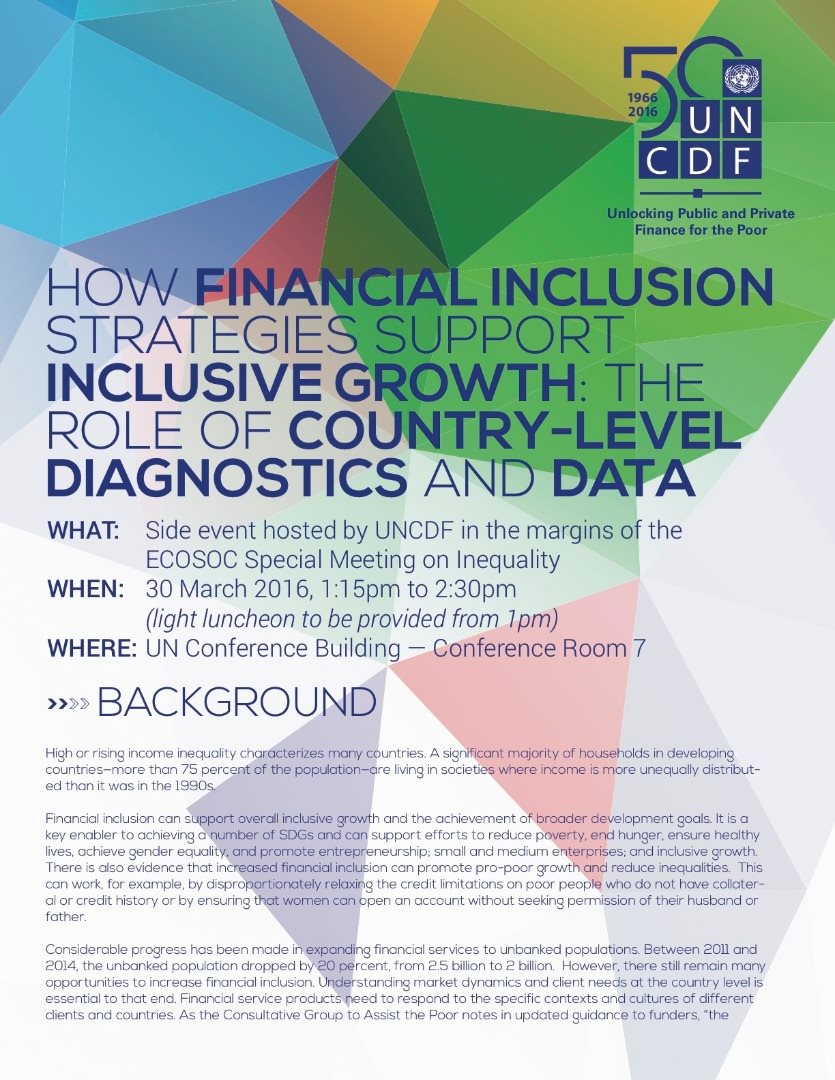High or rising income inequality characterizes many countries. A significant majority of households in developing countries—more than 75 percent of the population—are living in societies where income is more unequally distributed than it was in the 1990s.
Financial inclusion can support overall inclusive growth and the achievement of broader development goals. It is a key enabler to achieving a number of SDGs and can support efforts to reduce poverty, end hunger, ensure healthy lives, achieve gender equality, and promote entrepreneurship; small and medium enterprises; and inclusive growth. There is also evidence that increased financial inclusion can promote pro-poor growth and reduce inequalities. This can work, for example, by disproportionately relaxing the credit limitations on poor people who do not have collateral or credit history or by ensuring that women can open an account without seeking permission of their husband or father.
